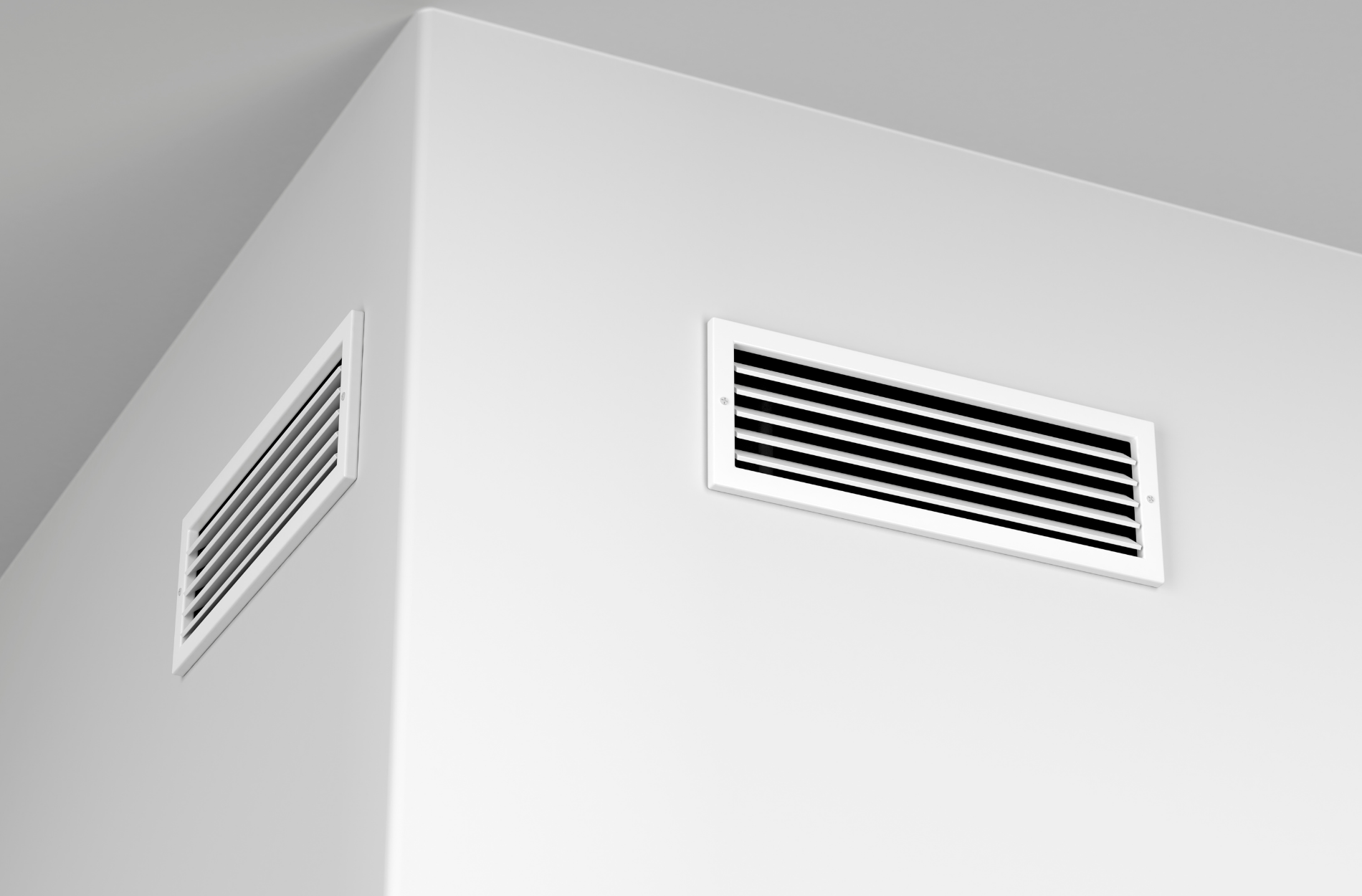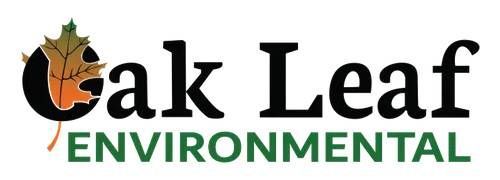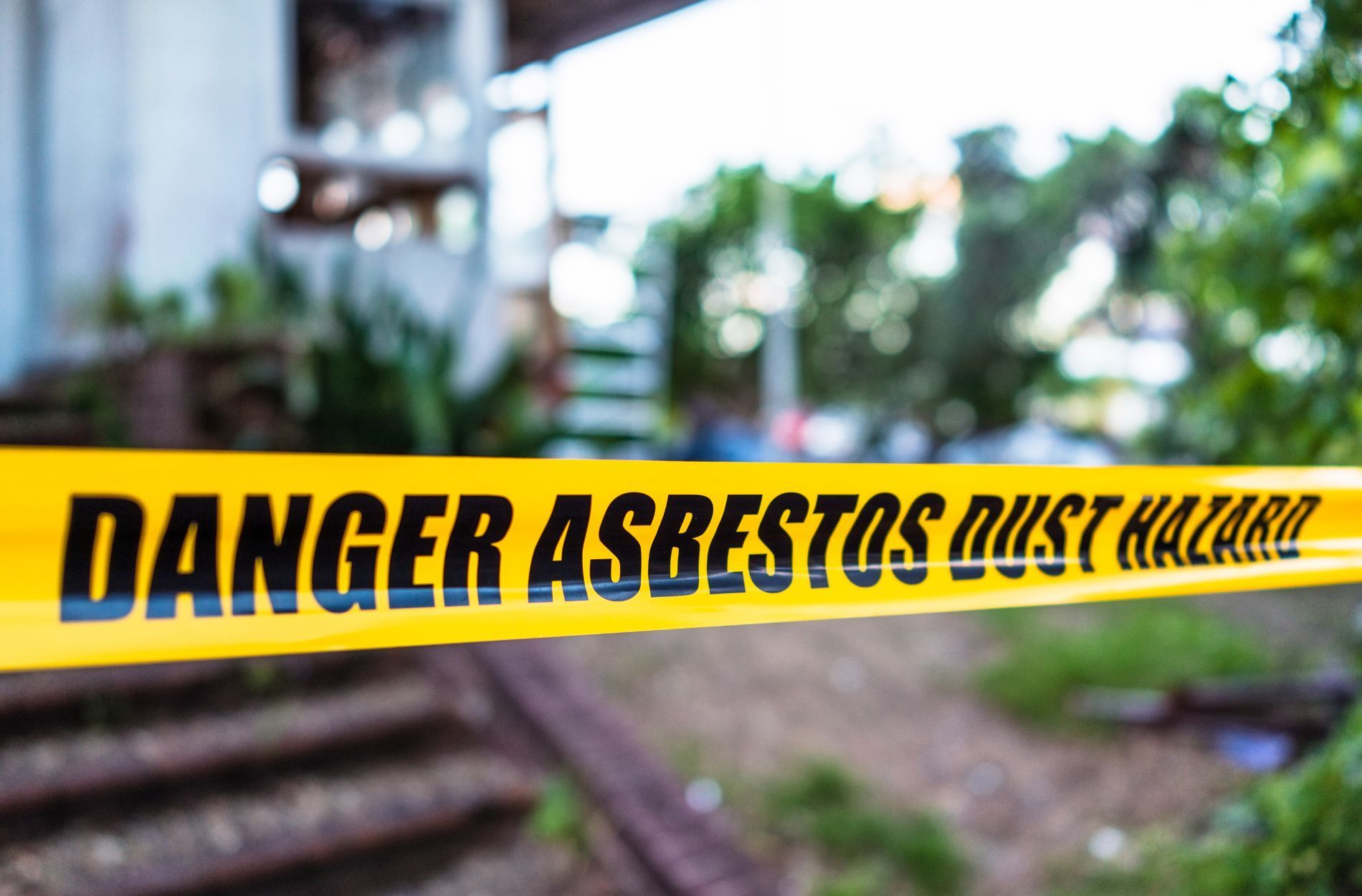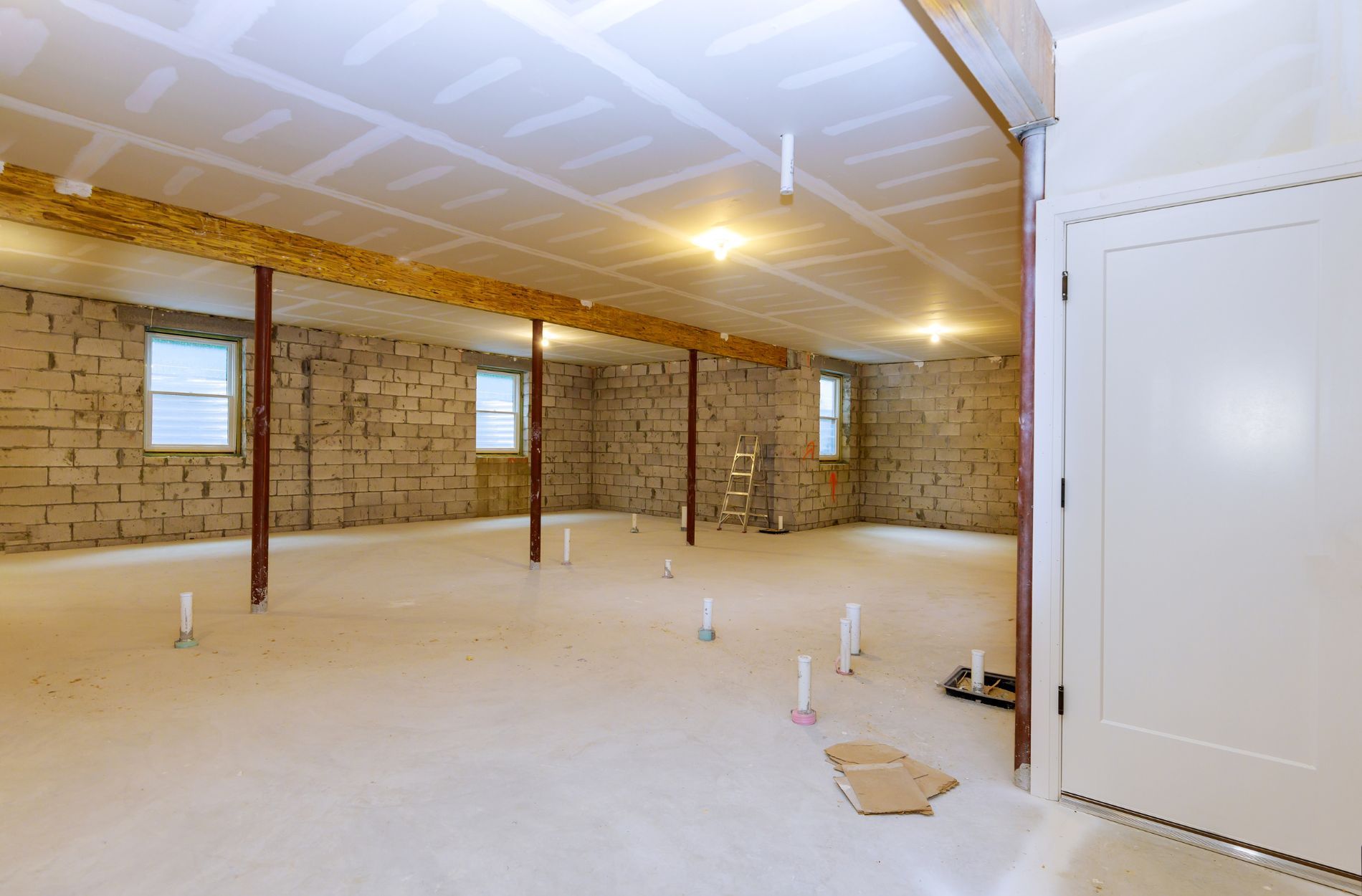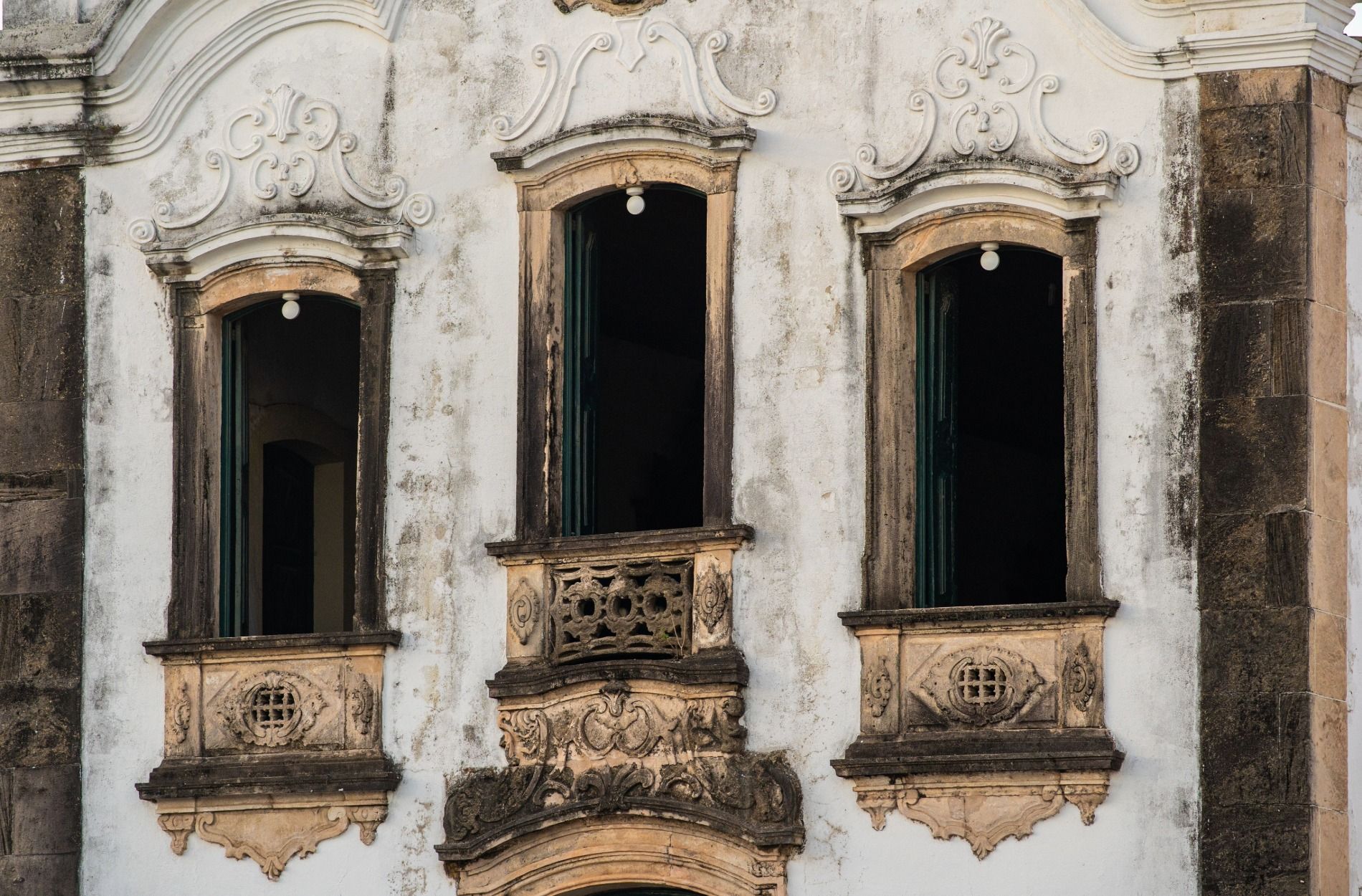Hidden Asbestos Dangers During Home Renovations
Renovating an older home often brings excitement and the promise of something new. Maybe you’re tearing up that dated carpet or opening a wall to create an open-concept living space. But as good as those changes sound, there’s something many homeowners don’t expect — hidden asbestos. It was once a common building material, and if your home was built before the 1980s, there’s a chance it’s still hiding in plain sight. Without warning, that weekend demo could end up putting your family and workers at risk.
Asbestos doesn’t usually make itself known until you start cutting, drilling, or disturbing materials during renovation. That’s when its fibers can be released into the air, posing a serious health hazard. Knowing where it might be found and what to do next shouldn’t be guesswork. It’s worth slowing down before starting home improvements to protect everyone on-site and avoid unnecessary problems.
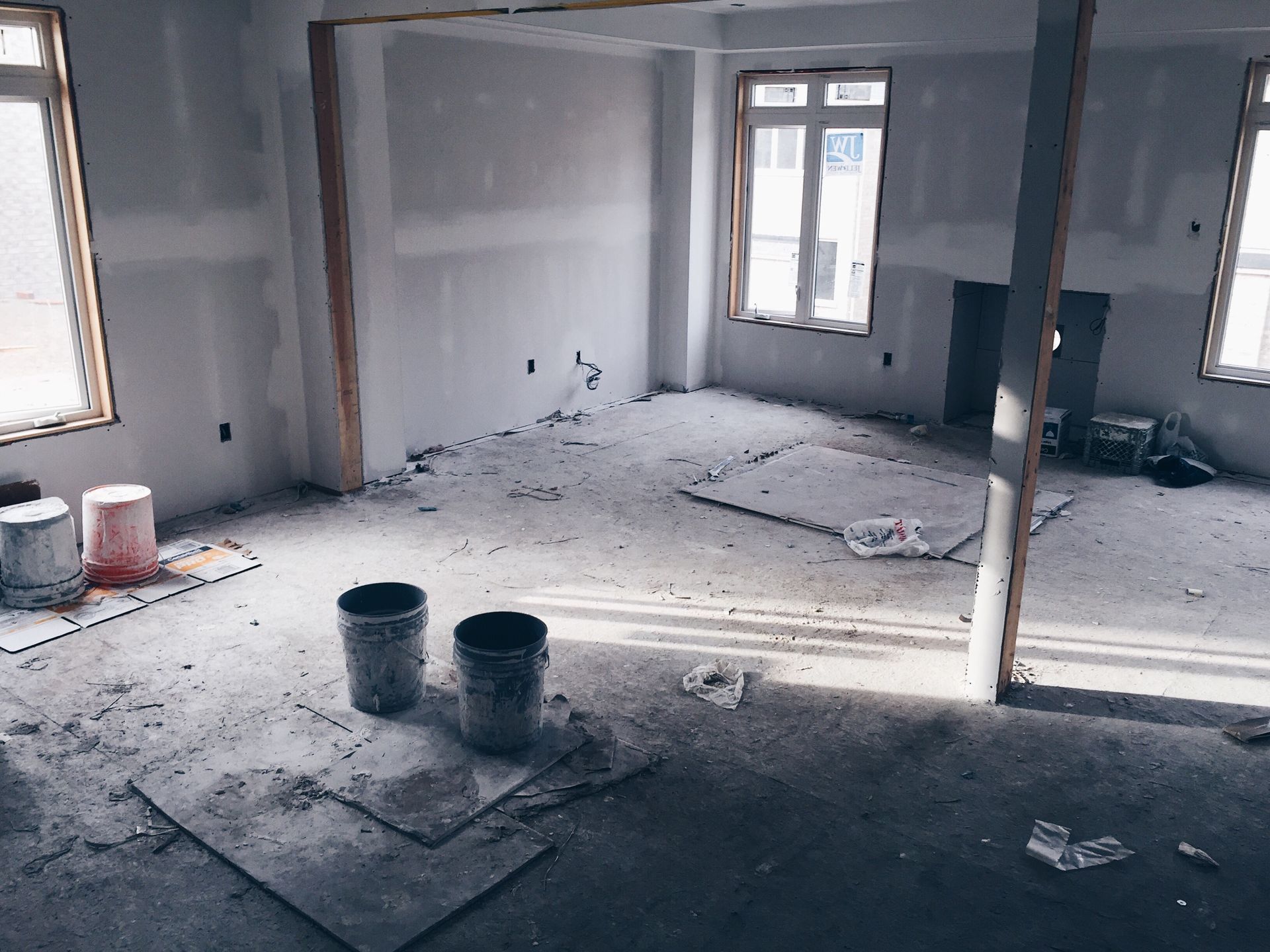
Common Areas Where Asbestos Is Found in Homes
If you’ve got an older home, asbestos could be just about anywhere. The problem is you can’t see it or smell it, which makes it easy to ignore. But once renovation plans begin, that old kitchen floor or attic insulation suddenly becomes more than just outdated — it becomes a concern.
Here are some of the most common places asbestos was used in residential construction:
- Floor Tiles and Adhesives: Asbestos was added to vinyl and asphalt tiles for strength and heat resistance, along with the glue that held them down.
- Insulation Materials: You’ll often find asbestos in attic insulation, pipe wrap, duct coverings, and around boilers or furnaces.
- Roofing and Siding Shingles: Asbestos-cement shingles were commonly used for their durability and fire resistance.
- Textured Ceilings and Wall Compounds: That popcorn ceiling you want to scrape off might contain asbestos if it was installed decades ago.
- HVAC System Components: Some gaskets and insulation in ductwork are known carriers of asbestos in older climate control systems.
You might be thinking your home wouldn’t contain anything like this — or maybe it’s already gone. But the truth is, many materials were layered or painted over during earlier repairs and remodels. One homeowner thought their insulation was just dusty fiberglass until a lab test confirmed the presence of asbestos.
That’s why identifying it yourself can be risky. Materials may not break down or show visible signs even when they contain asbestos. You won’t be able to tell by looking at them. Renovations stir up the dust and fibers that would otherwise stay trapped inside. Disturbing these materials before confirmation can create a bigger safety problem than leaving them in place. Before any tearing down or replacing begins, it’s important to know exactly what you’re dealing with.
Health Risks Associated With Asbestos Exposure
When asbestos materials are left alone, they often don’t pose an immediate problem. The danger comes when they’re disturbed. Cutting through old floor tiles, removing ceiling panels, or stripping insulation can release asbestos fibers into the air. Once airborne, those fibers can be inhaled without anyone noticing.
The body doesn’t easily get rid of these fibers. Over time, they can get trapped in the lungs, which may lead to scarring or inflammation. The bigger concern is that long-term exposure has been linked to serious respiratory diseases. People who’ve been around disturbed asbestos might not get sick right away. In fact, symptoms often take years to show up.
Some common breathing-related health risks tied to asbestos exposure include:
- Shortness of breath or a dry, persistent cough
- Tightness or pain in the chest area
- Trouble with normal physical activity that didn’t use to be difficult
These symptoms can also show up with less serious issues, which is why some people ignore them at first. One homeowner in a rural town started noticing chest pain a year after completing an attic remodel. It wasn’t until they talked with a specialist that they learned asbestos insulation had been covering the original ductwork. It had been disturbed during demo without any safety procedures.
If you’re planning to update an older property, don’t assume the risk is low just because no one has gotten sick yet. These dangers aren’t always easy to notice right away, but the effects can be long-lasting. That’s why taking the right steps early on matters.
Steps To Take When Renovating An Older Home
If your home was built before the 1980s, take asbestos seriously before swinging that sledgehammer. You might not be able to see it, but ignoring the possibility puts those around you at risk. A proper plan keeps everyone safe and your project on track.
Here’s what you should do if a remodel is coming up:
1. Schedule a Professional Inspection
Before any demolition or sanding begins, have certified inspectors evaluate the property. They’ll be able to check suspect materials and take samples to a lab if needed.
2. Don’t Disturb Possible Asbestos
If something looks suspicious, like crumbling ceiling tiles or insulation around old heating vents, leave it alone. Walking on it, pulling it out, or even brushing against it can cause fibers to release.
3. Follow Legal Requirements
There are strict rules around asbestos removal, transport, and disposal. A licensed asbestos remediation company will know how to handle the work in line with safety and legal standards.
4. Protect People and Pets During Work
Keep the work area sealed off. Let everyone in the household, including pets, stay clear of any space under renovation until the material has been tested and cleared.
5. Stay Informed
Ask questions before work begins and stay in the loop. Understanding what’s being done and why gives you peace of mind and helps avoid missteps.
Renovating can be exciting, but it’s harder to enjoy your new space if it started with a health scare. Taking things slowly and letting experienced pros step in where needed can prevent more serious issues later.
Why Certified Pros Matter More Than Ever
There’s a big difference between general contractors and certified asbestos professionals. Handling asbestos safely takes special training, the right equipment, and careful attention to rules that are there for everyone’s safety. This isn’t just about wearing gloves and a mask. It’s about knowing exactly how to test, remove, and discard these materials without making a dangerous situation worse.
Certified pros use negative air pressure machines, protective suits, and containment strategies during removal. They don’t leave debris or dust behind, and they document every step. When done properly, asbestos remediation creates peace of mind, not just a cleaner worksite.
Some older homes have materials layered over each other, which can make the source of the problem easy to miss. A licensed team knows how to trace and identify the issue thoroughly, even if previous owners did patchwork corrections. That kind of detail takes time and care, which is hard to find outside of professional remediation teams.
Trying to save money by cutting corners on this kind of cleanup rarely ends well. The immediate cost might seem higher upfront, but nothing compares to the long-term cost of long-lingering asbestos exposure. If there’s even a small chance your home has these materials hiding behind walls, it’s worth addressing the issue before anyone gets sick.
Keep Your Home Safe The Right Way
Planning a renovation in an older home can come with a few surprises, and asbestos is one of the most serious ones. It hides in places most homeowners overlook, like inside walls, beneath floors, or tucked into attic insulation. You can’t always tell just by looking. Once disturbed, it becomes much harder to ignore.
Before getting started on any big project, it pays to check what’s inside those materials. Breathing in asbestos fibers over time can cause more than just discomfort. It can lead to permanent damage to your health. That risk isn't worth taking just to get started faster.
By understanding where asbestos is found, what exposure can cause, and which steps to take, you’re already protecting yourself and those around you. The next best step is reaching out to someone who can help make your home safer in a way that’s smart, legal, and thorough. You don’t have to handle it alone. Let professionals take care of the tough part so you can focus on enjoying the results.
Make sure your home renovation doesn't uncover hidden dangers. Trust Oak Leaf Environmental, a certified
asbestos remediation company, to handle asbestos safely and legally. Our team provides thorough inspections and professional removal so you can enjoy your newly updated space with confidence. Reach out today and keep your family and property protected.
